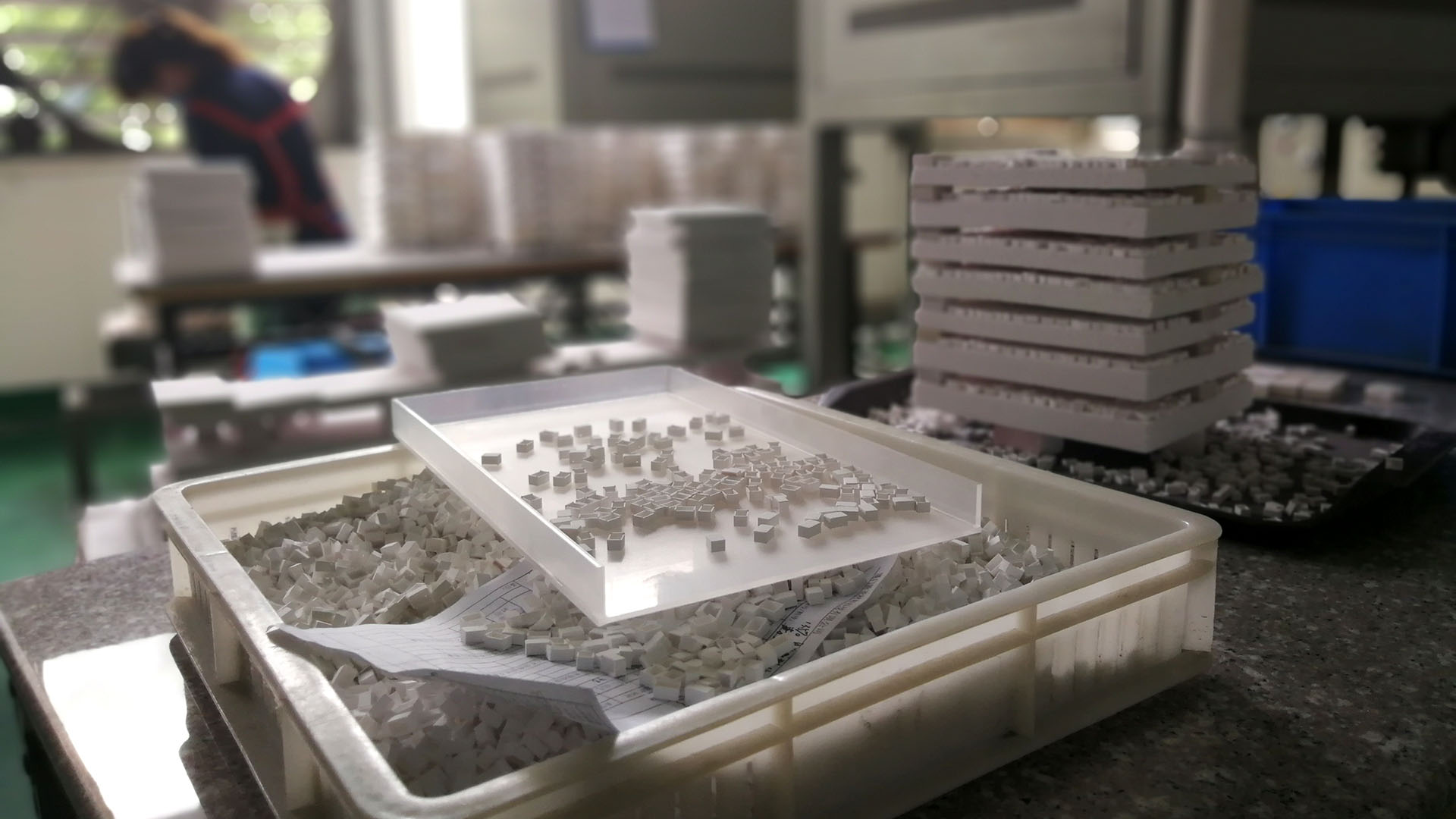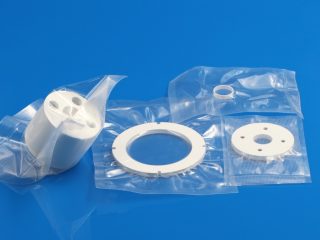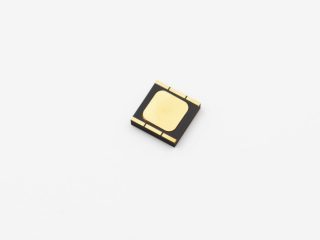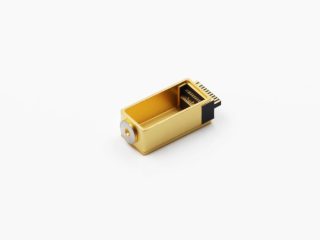
The Chinese government has included industrial ceramics in these new materials industry in the 13th Five-Year National strategic development plan. The new materials industry is one of the seven strategic emerging industries in China and one of the ten key development areas of Made in China 2025. The Chinese government has established an insurance compensation mechanism for the first time, and pilot work has been carried out on a number of new materials. Enterprises using the first batch of new materials are the beneficiaries of insurance. It aims to make institutional arrangements for the risk control and sharing of the application of new materials by means of insurance, break through the market bottleneck of the initial application of new materials, and activate the effective demand of the downstream industry for new materials products. In addition, local governments at all levels have also issued policies to support the development of the industrial ceramics industry, increase support for the construction of an advanced ceramic industry chain, and open public service platforms to support industrial ceramics material cooperation projects and achievement of transformation projects, which will promote the rapid development of industrial ceramics industry. It is expected that by 2025, the market value of Chinese industrial ceramics will reach 2541.11 million USD.
Industrial ceramic components include oxide ceramic components, such as alumina ballistic plates, zirconia y2o3 stabilized rods, and non-oxide ceramic parts, such as silicon nitride bar, Aluminum nitride substrates, boron nitride nozzles, and so on. Industrial ceramics have high wear resistance, high insulation and corrosion resistance, as well as extremely high durability and hardness. They can be used for a variety of applications in electronics, machinery, automotive, and industrial processing industries.
Electronics industry ceramics are used in components of active and passive devices, enabling high-performance electronics to be used in a variety of environments and applications, such as aerospace, automotive, communications, computers, medical, and a variety of electronic instruments, and industrial equipment, and consumer appliances.
Many industrial ceramics can withstand high temperatures while still maintaining their mechanical and electrical properties. This property makes ceramics suitable for high-temperature applications such as furnaces, jet engines, braking systems, and cutting tools.




 Enquiry
Enquiry